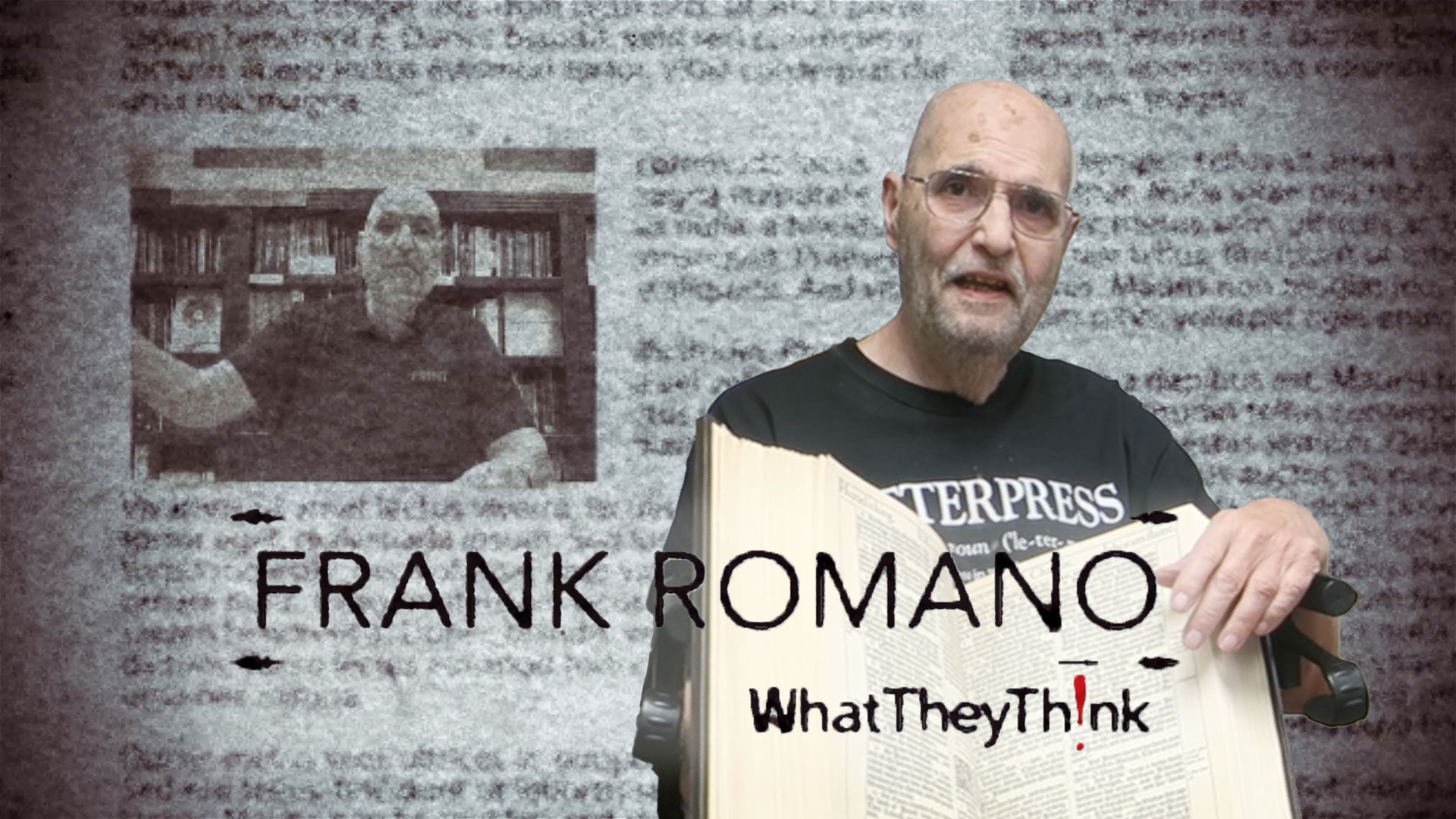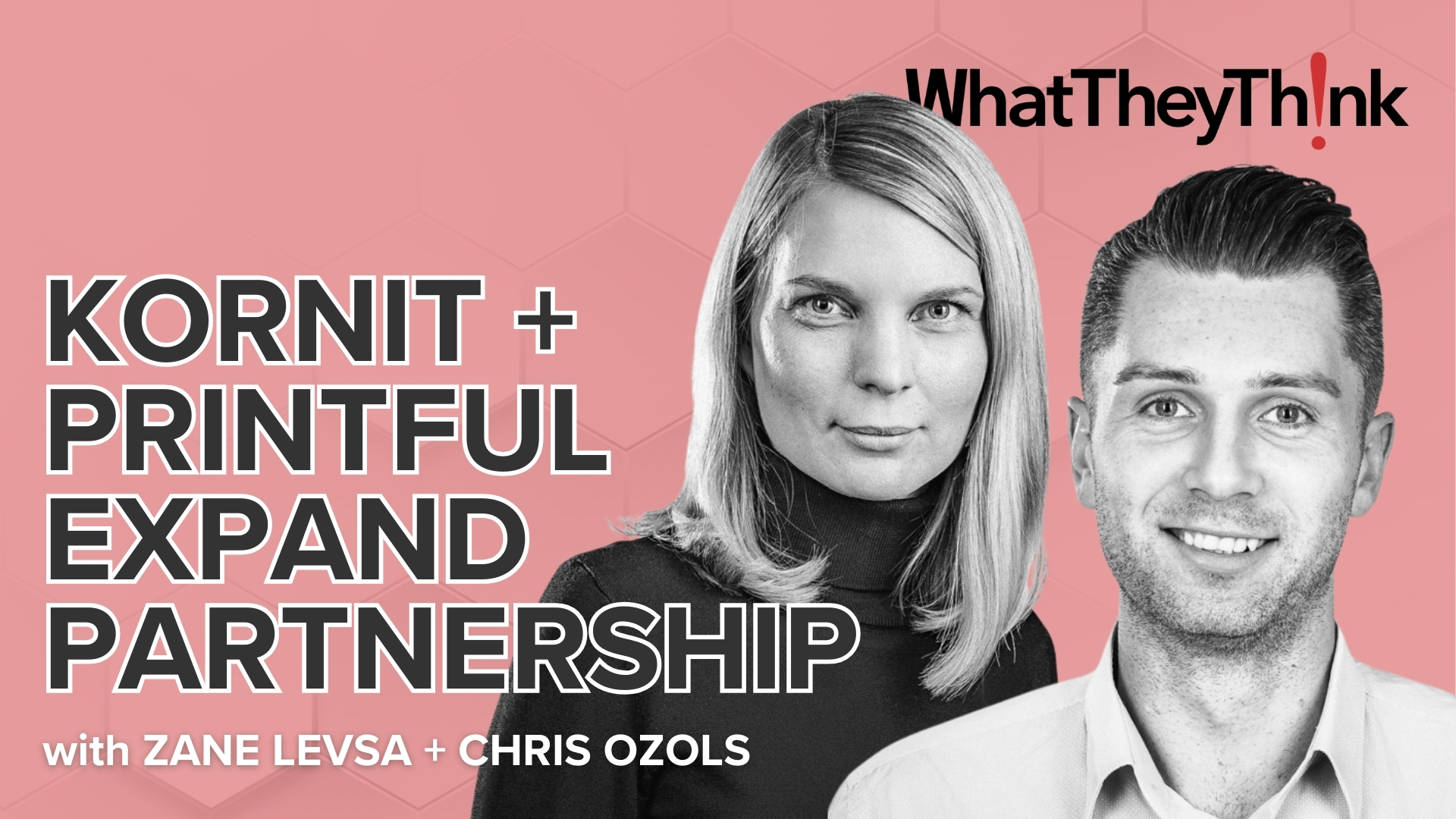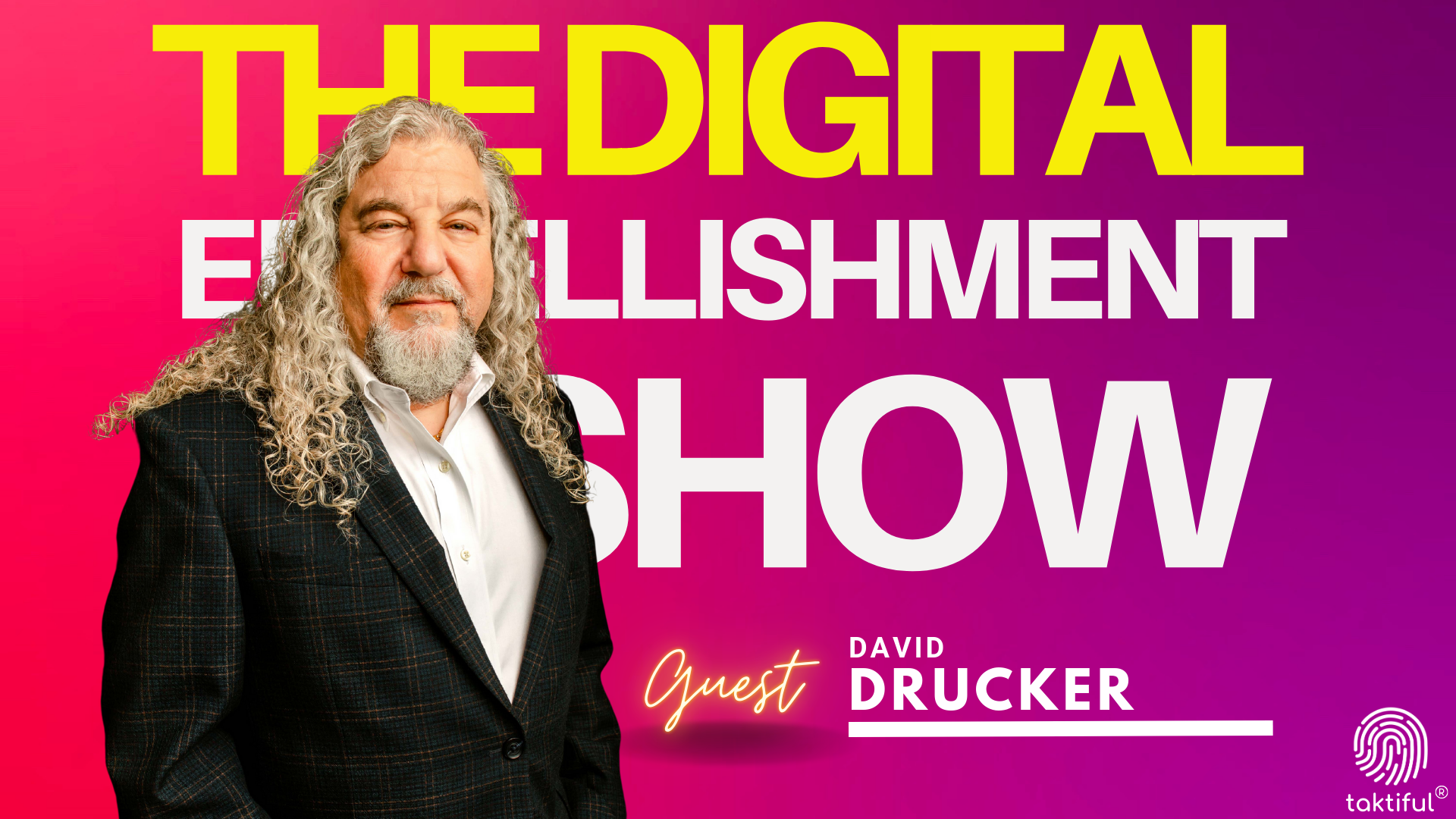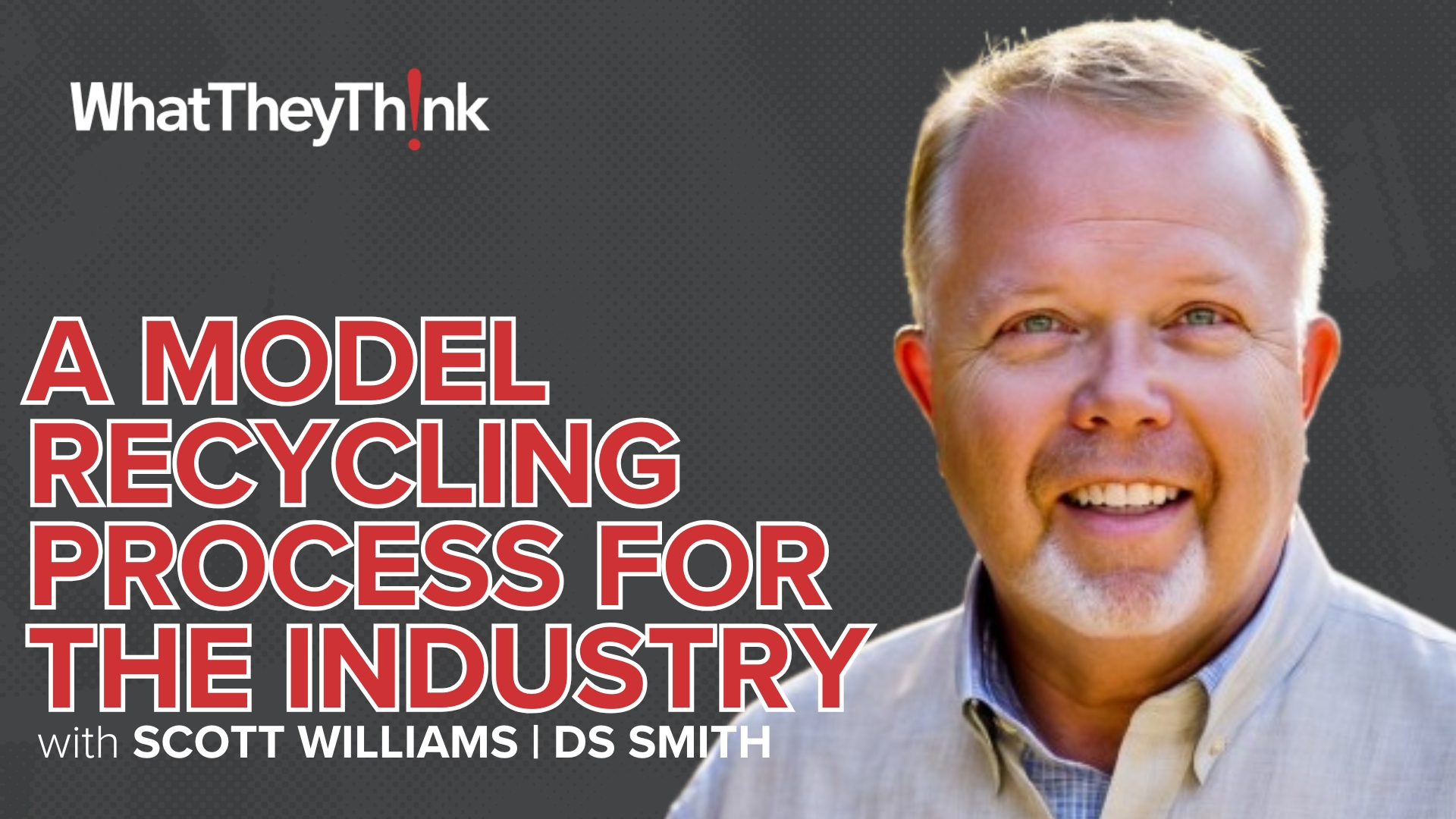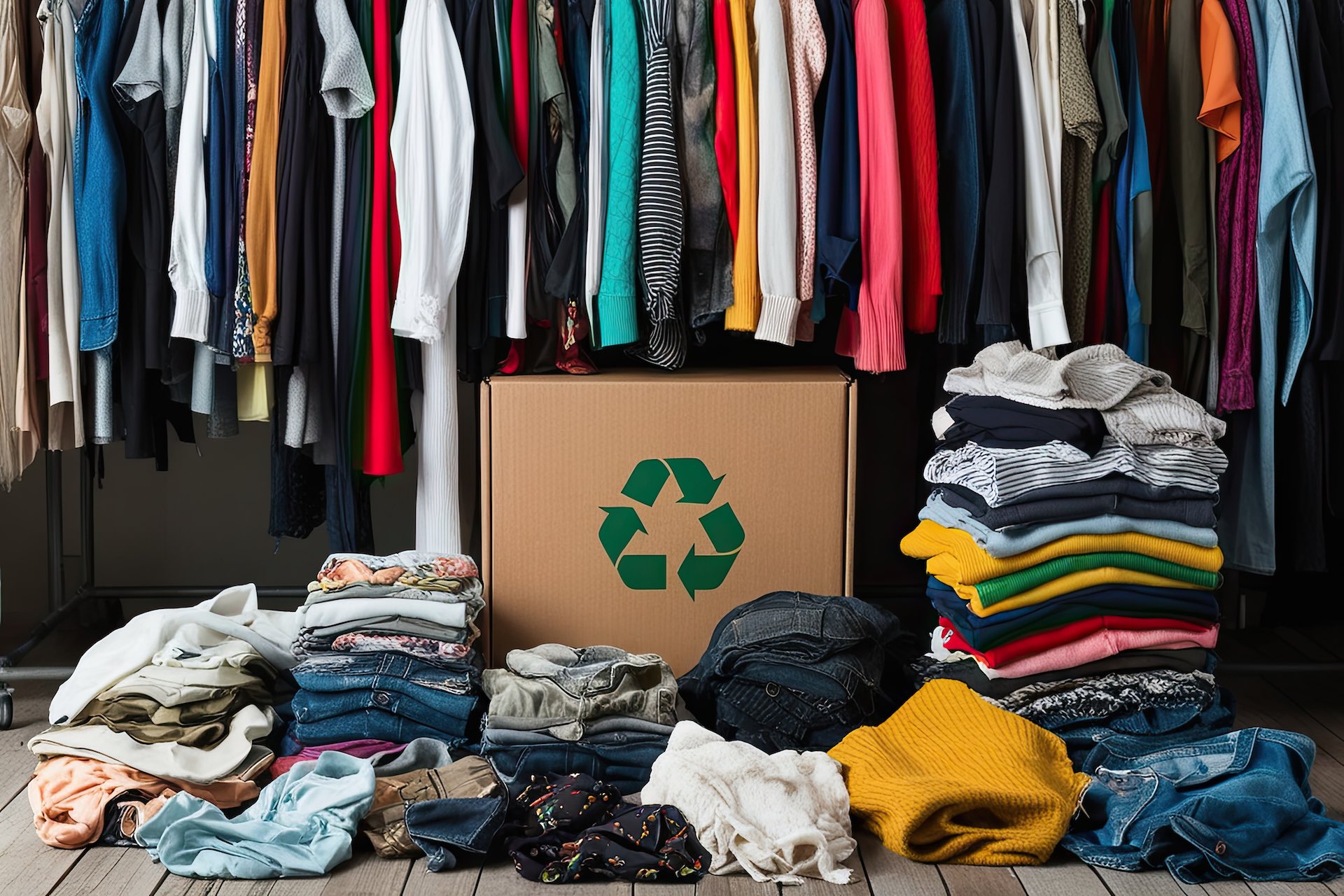In this exclusive WhatTheyThink interview, Senior Editor Cary Sherburne speaks with Roland Ortbach, just named as CEO of manroland web systems Inc. North America. Ortbach discusses the new organization, its relationship with the manroland sheetfed division and more.
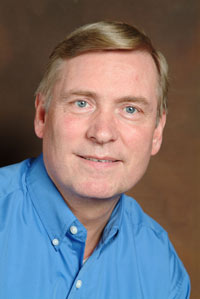 WTT: Roland, first of all, congratulations on your new position. You’ve been with the company for a long time, but I am sure there are some challenges as you enter this new role.
WTT: Roland, first of all, congratulations on your new position. You’ve been with the company for a long time, but I am sure there are some challenges as you enter this new role.
RO: Thank you for your congratulations. I have been with manroland for more than 28 years. I started in the sheetfed group in Canada April 15, 1983. What I am doing today is not that different from what I did in 1991, when I took over operations in Canada, except of course for the unique challenges today. I am really excited about this opportunity, and especially pleased that we have such a great team in place to continue supporting our customers.
WTT: The most obvious first question is this: Since the Westmont facility served both manroland’s web and sheetfed businesses in North America, what will happen with the support for the sheetfed business in North America? Will any of that remain physically located in the Westmont facility?
RO: We considered how we could best go forward with the least disruption to both the sheetfed and web businesses. Sheetfed is a separate legal entity, but we have agreed to go forward sharing the facility in Westmont. We are leasing part of the facility and sharing back-office resources. This ensures a smooth startup for our operation. In other words, we are working parallel with sheetfed but operating separately; two separate companies operating out of the same building for the foreseeable future. We want to start manroland web systems, Inc. with little, if any, disruption for our customers and this is one way to achieve that. We get to start a new company and hit the ground running on the first day, which is pretty remarkable if you think about it. . Things will change as we move forward, of course, but we wanted a seamless startup and this is made possible by our ability to work with this arrangement.
WTT: Also, it seems that much of the services strategy of the previously combined company was interwoven, in terms of controllers, press automation, customer support and other services manroland offered. How will that be sorted out between the two companies?
RO: The objective in the past was to have one face, one voice, and one concept to the customer. There are very specific platforms for both web and sheet fed presses. . Even for consumables, we had different teams approaching our customers, even though we might have been sourcing materials from the same vendors. Our approach to the customer was tailored specifically to the respective application and to the press used in the production process. What is positive about the current situation in the new manroland web systems, Inc. is we are as effective as we were before.
WTT: As run lengths for flexo come down and quality goes up, while the breakpoint for gravure continues to come down on one side, and the competitive threat presented by production inkjet solutions continues to increase, how do you see the web offset business faring?
RO: I think everyone knows how difficult and challenging the market still is today. On one hand, we are being battered economically. On the other hand, the industry is still redefining itself with the emergence of a variety of alternatives to print and in print itself. We obviously gave the entire situation a lot of thought as we developed our strategy for this new business. If we didn’t think that the future of web offset was promising, I don’t think we would have approached this venture the way that we are. Clearly, L. Possehl & Co., our parent company, believes there is a strong and viable future for print, as do we.
Inkjet is definitely here to stay, and technological improvements will be forthcoming in the years ahead, perhaps coming closer to encroaching on our general market. Having said, that, I believe that inkjet addresses needs that offset, that is web and sheetfed presses, were never designed to address, for instance, variable data personalization. I don’t anticipate seeing an even playing field for both platforms across all applications; one will have advantages in certain areas, as will the other. However, our continued partnership with Océ will allow us to meet the needs of our customers, no matter what area makes the most sense for their business.
WTT: Can you share your thoughts about where you see web offset fitting into the market?
RO: Because of the changing dynamics of economic run lengths in general, the lines between sheetfed and web are becoming blurred, and the same thing is happening with gravure. On the gravure side, as publishers are looking to cut costs, they are taking a harder look at offset, especially in Europe. We sold several 96-page, offset presses up to 112” in web width in a predominantly retail market because offset now does a better job of meeting their requirements.
WTT: What about the hybrid model, with Inkjet heads on web presses for personalization and customization?
RO: We support that, and have been developing the technology in different parts of the world with active installations. We started a few years ago with Kodak Versamark, so it is nothing new to us. When we looked at all the possibilities, we thought about what is practical and what makes sense. Printers are mixing and matching and using inkjet in an offset setting, so I believe it is a feasible direction, especially for personalized direct mail, lotteries, and targeted regional marketing efforts. For many other applications, it is still a way off. But anyone today who is not thinking that way is short sighted. Ultimately, it is ink on paper, and what has to drive us are the application needs of the customer. Increasing pressure in print will force change in this regard. Our objective today is to have the most efficient and productive web presses, and continue to excel at what we are doing. We have a reputation for high quality work, and whatever we do in the future, we will not sacrifice print and fold quality, regardless of the size of the press.
WTT: What are the top challenges you are facing as you enter this new role and how do you plan to address them?
RO: First is establishing ourselves in a way that we can immediately be effective in the market, with no disruption, and with customer support as never before. That is the starting point for us. Secondly, the challenge is to understand what the changing needs of our customer base are and do what is necessary to meet them. Our effort is focused on customers that have needs which are different from their competitors. We need to address those specific needs as they evolve. Our goal is to stay flexible, and target our products to our customers’ needs.
Third, we need to grow in an environment that is really focused on helping our customers grow as well. We have wonderful examples of customers doing well in this difficult time, and our intent is to be the best partners we can with our customers. If we can’t do that, we won’t be around.
WTT: What about the field service aspect?
RO: Our service team has been servicing web presses this entire time, including installing parts, doing optimizations and upgrades, and there has been no disruption at all in service. Our face to the customer has not changed. There have been some adjustments, yes, but those didn’t take away from our presence with our customers. When so many users are depending on you to maintain support, it is even more critical to make sure that this happens in an uninterrupted manner. I think we have done a phenomenal job in many cases, and it hasn’t been easy. I am so excited because of the people we have, and it is their strength and positive attitude that has carried us through this difficult time.
WTT: What kind of feedback are you getting from customers as this “era of uncertainty” for the web division finally ends, and what do you want to say to them about the future stability of the company?
RO: I can’t tell you how many signs of support and congratulatory notes we have gotten from our customers. It has been absolutely overwhelming. The initial support from our customer base is absolutely fantastic. Customers want to know what they can do to help, how we can work together better. It just adds to the energy we have going on here. We have many very loyal customers that have continued to be supportive and loyal. We are very grateful for the confidence they continue to place in us.
WTT: Anything else you would like to add?
RO: We are so fortunate to have new owners like Possehl. Their company has an entrepreneurial spirit-driven by a “can do” mentality. Possehl owns about 140 companies worldwide in 10 major divisions; we are one of those. They also have a division that invests in smaller companies, especially in the mid-sized companies that are the backbone of the German economy. The company is run by two individuals who have a roll-up-your-sleeves working ethic. The company is very lean, very flat, and very direct. Possehl is a company that is geared to today’s way of doing business. They also believe in allowing their companies to determine what they have to do to stay in business and grow, and they support them in this regard. They are financially very stable, with about 2.5 billion Euros in annual revenue…and they are profitable. We couldn’t have hoped for a better company to own us. They have a very progressive way of thinking. We have been given a mandate to grow our company and have been given the leeway to do this in the way we feel best.. At manroland web systems, GmbH, this represents a worldwide organization that is 1,500 people strong that is ready to engage when needed. What really makes me feel good about this is that we are a seamless organization worldwide and we can localize our efforts as needed. As long as it is ethical, positive, and serves the needs of our customers, we will do what it takes to meet our customers’ needs.

